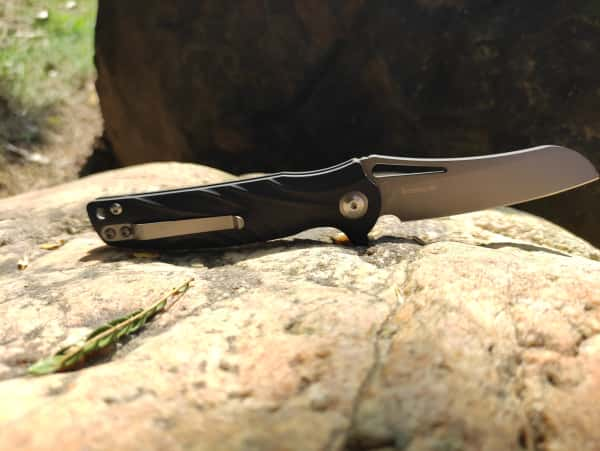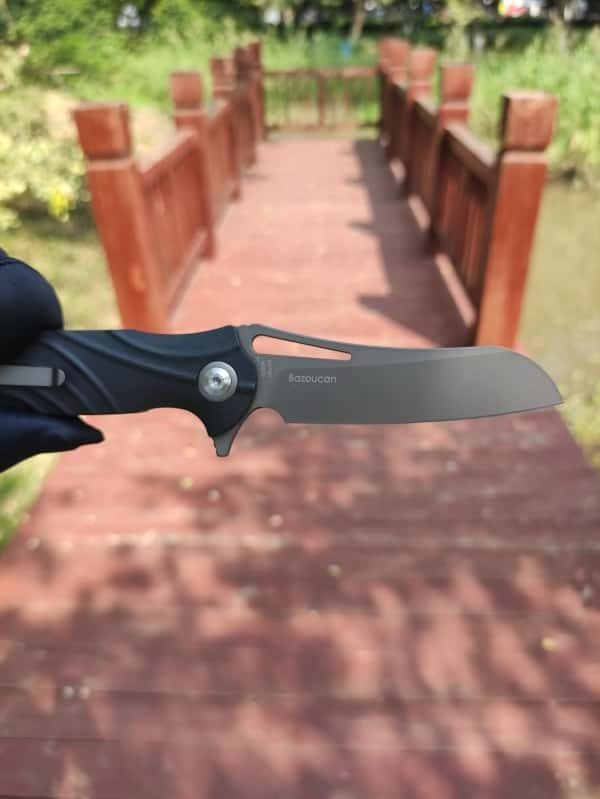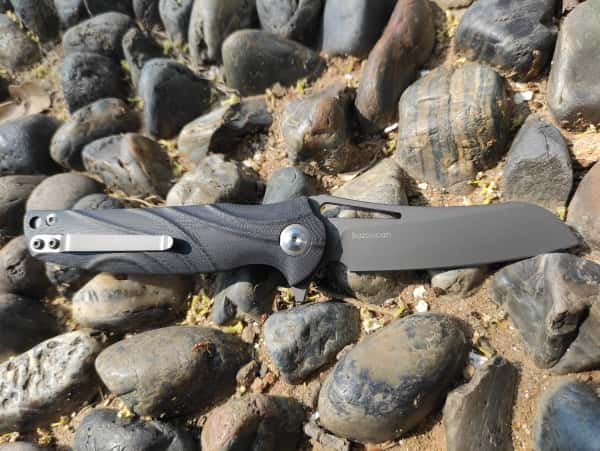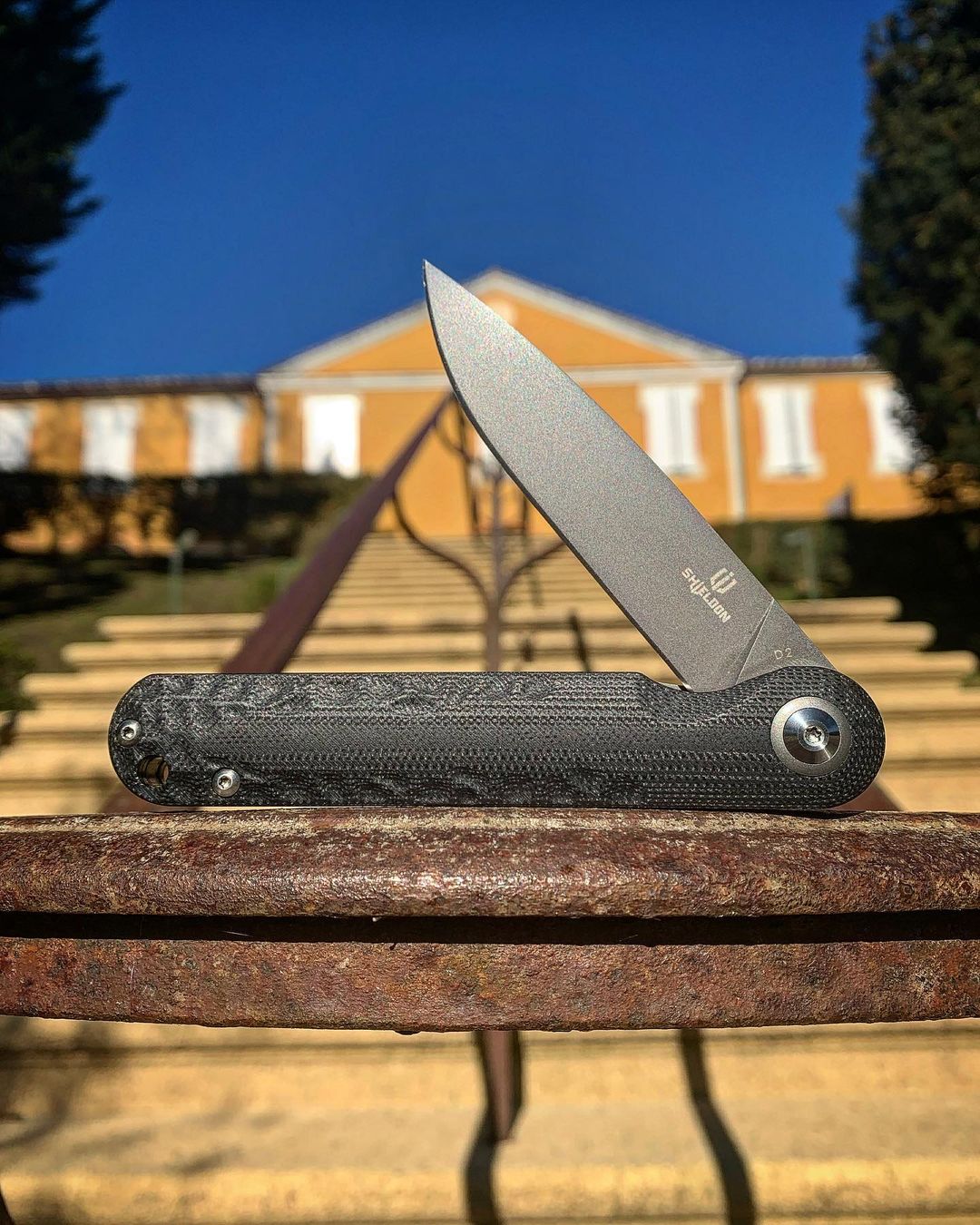The Science Behind Outdoor Knives

Knives have been part of human civilization for ages, and over time, the forging process has improved dramatically to the point where technology has been integrated into the process. In a nutshell, knives are not just made out of whim; it takes skill, and certain protocols have to be followed, and this is what is going to look at in detail today, the science behind outdoor knives.
If you are a knife enthusiast who has always wondered why outdoor knives are how they look and how they function, then you are in the right place. Stick with me to the end to learn new information to help you understand knives better.
Blade Materials and Cutting Qualities

Every material that goes into the construction of each part of an outdoor knife has to be considered in detail before being incorporated into the assembly line. Each material has its own properties like tensile strength, the ability to bend without breaking, durability, among many others. The following are some of the common materials used for making blades on outdoor knives.
Carbon Steel
Carbon steel is a special material that is made up of steel and carbon, with carbon taking up about 0.5%. The balance has to be maintained to avoid structural issues. For instance, increasing the carbon content makes the blade become brittle and can snap under the slightest of pressure. Too much carbon also increases the chances of rust by oxidation, and this means the blade has to be kept dry or lubricated at all times.
Laminated Steel
This is also called Damascus steel, and it is a combination of two alloys to make one flexible blade that can withstand stress without breaking. Blades using this material are hammered, heated, and folded into several layers to form a single stylish blade with wavy lines where the two alloys meet. Depending on the materials used to make the alloy, you may have a knife that is impervious to rusting, and this means the maintenance needs are grossly reduced.
Titanium
Titanium is one of the most expensive and toughest materials used for making blades on outdoor knives. It also holds the advantage of being very light and durable. It can be used to make blades that don’t blunt or break easily. Getting your hands on a blade using titanium is very hard unless you are ready to spend a fortune on it.
Ceramic
Ceramic is made by combining zirconium oxide and ceramic materials to make blades that are extremely hard, light, sharp, non-reactive, and non-corrosive. They also hold their edge longer than most materials and this makes them ideal for people who love going camping and hunting regularly without the need to pay too much attention when it comes to maintenance.
Handle Materials

The handle is another part of an outdoor knife that is manufactured with attention to detail. This is where the hand grips the knife, and any slip may lead to injuries. That’s why handles are never smooth. You will notice patterns of all minds and little grooves designed to ensure the hand maintains a tight hold on the knife, even when handling it in wet conditions. Some of the most common materials used to make outdoor knife handles include the following.
Plastic
This is the most common handle material, and it can be fashioned using many types of plastics. It is easy to mold handles in huge numbers, and there’s also the flexibility of adding any customizations to make the grip even better. It is also a cheaper material, and that means the overall price of the knife is brought down a little more.
Wood
Certain types of woods are used for making handles, and they are very flexible, just like plastic. One advantage they have over plastic handles and other types of handles is that wood is more natural, and it provides space for adding customizations and beautiful patterns. It is never slippery in the hands either, and it is cheaper than titanium or carbon fiber.
Carbon Fiber
Carbon fubar is one of the most expensive handle materials, and this is due to the skill it takes to fashion handles out of it. It has a good grip, and it adds style to the final outlook of the outdoor knife. If you are looking to stand out with your knife, then consider going for a carbon fiber handle and adding your own customizations for an added appeal.
The Forging Process

Every knife manufacturer has its own unique style of making its blades, but all of them follow some processes that are necessary when it comes to making durable and reliable blades. These include the following.
- Forge Welding: This is a process where the main blade material is heated and hammered to start making out the shape of the blade.
- Stretching: There’s more reheating and more hammering to stretch out the width of the blade a little more.
- Annealing: This is the process where the blade is heated at a low temperature and then dropped into straw ash to cool down in order to get rid of stress and any distortion.
- Stamping: This is also called cold forging, and the blade is hammered at room temperature and then slightly heated to add more strength.
- Tempering: To get rid of any brittleness, the blades are put through another process called tempering, and this is where they are heated repeatedly until they attain a certain level of softness to make them flexible.
Conclusion
On a deeper level, making outdoor knives is an art in itself, and it takes experience for one to pull it off. Every manufacturer has their own style of forging their knives, and this increases choices for people looking to start using knives. For more information on outdoor knives and how they are used, check out our website and have any questions answered.
You can also follow us through the following ways:
https://www.facebook.com/ShieldonCutlery
https://www.instagram.com/shieldon_knives_and_tools/
https://www.youtube.com/channel/UC_Dz--HODWHFY4AaUF0z11Q
https://twitter.com/Shieldonknives1/
https://shieldonknivesandtools.tumblr.com/
https://www.linkedin.com/company/72285346/
https://www.pinterest.com/shieldonknivesandtools/
More video introductions:
https://www.youtube.com/watch?v=SdoMON7UWDM
https://www.youtube.com/watch?v=jSHeW19aDUw
Article source: https://www.shieldon.net/the-science-behind-outdoor-knives/

